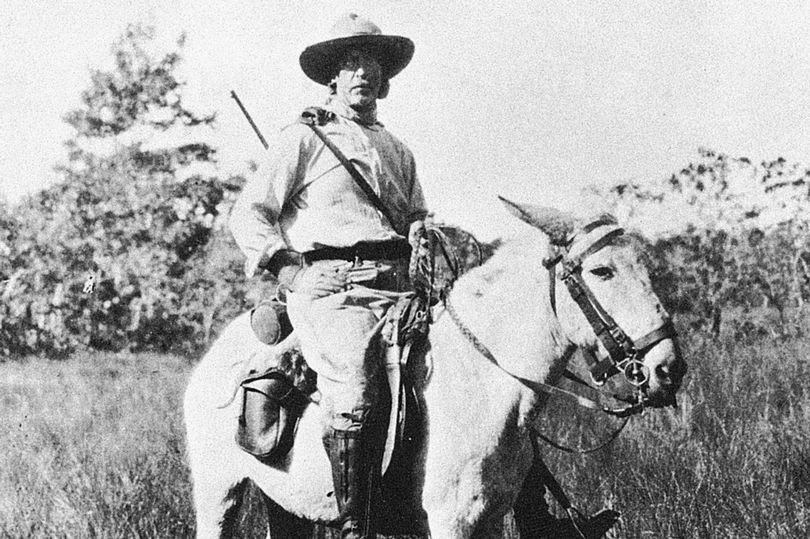Explorers and storytellers have obsessed over legendary lost cities like Atlantis or El Dorado throughout history. However, lost cities are much more than a figment of myth. Archaeologists and adventurers have unearthed a number of historical cities that have been lost from recorded history for centuries or millennia. So, what was hiding in these legendary lost cities? Let’s find out.
A Great Pirate Haven Sunk Into the Sea
Nicknamed “the wickedest city on earth,” Port Royal, Jamaica had a reputation as a den of pirates, riches, and debauchery. It was a thriving trading port until June 1692, when it was hit by an earthquake. Most of Port Royal was consumed by the sea as it sank into the harbor within minutes. It still lies underwater in the harbor of the surviving section of Port Royal, preserved exactly as it was during its bustling height.
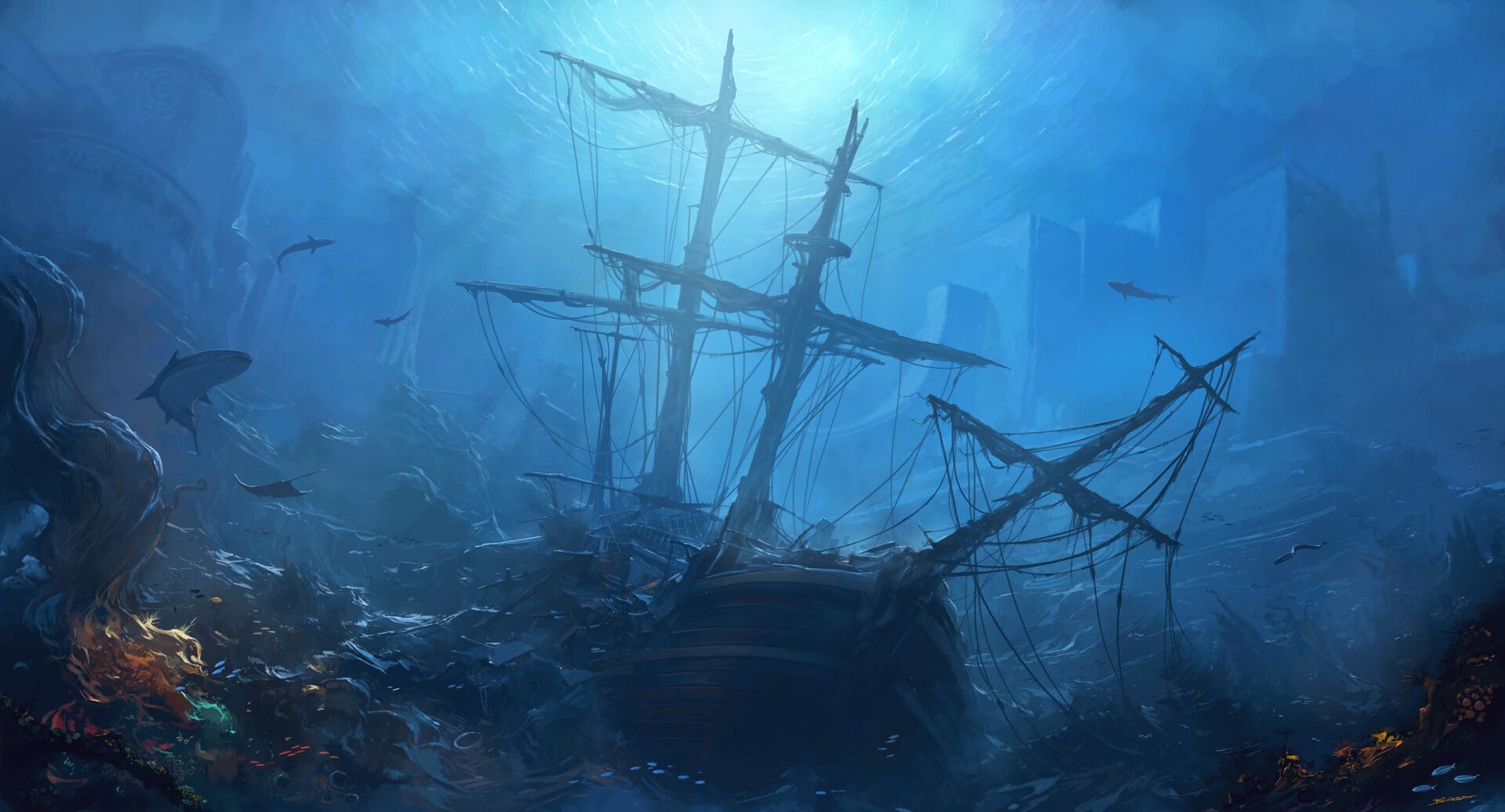
The Myth Of El Dorado Led European Explorers
The search for El Dorado, the fabled lost city of gold, spurred European explorers into regions unknown to them with the promise of wealth. Francisco de Orellana was allegedly searching for El Dorado when he became the first European to travel the length of the Amazon River. Decades later, Sir Walter Raleigh made two expeditions searching for El Dorado, one of which cost him the life of his son who accompanied him.
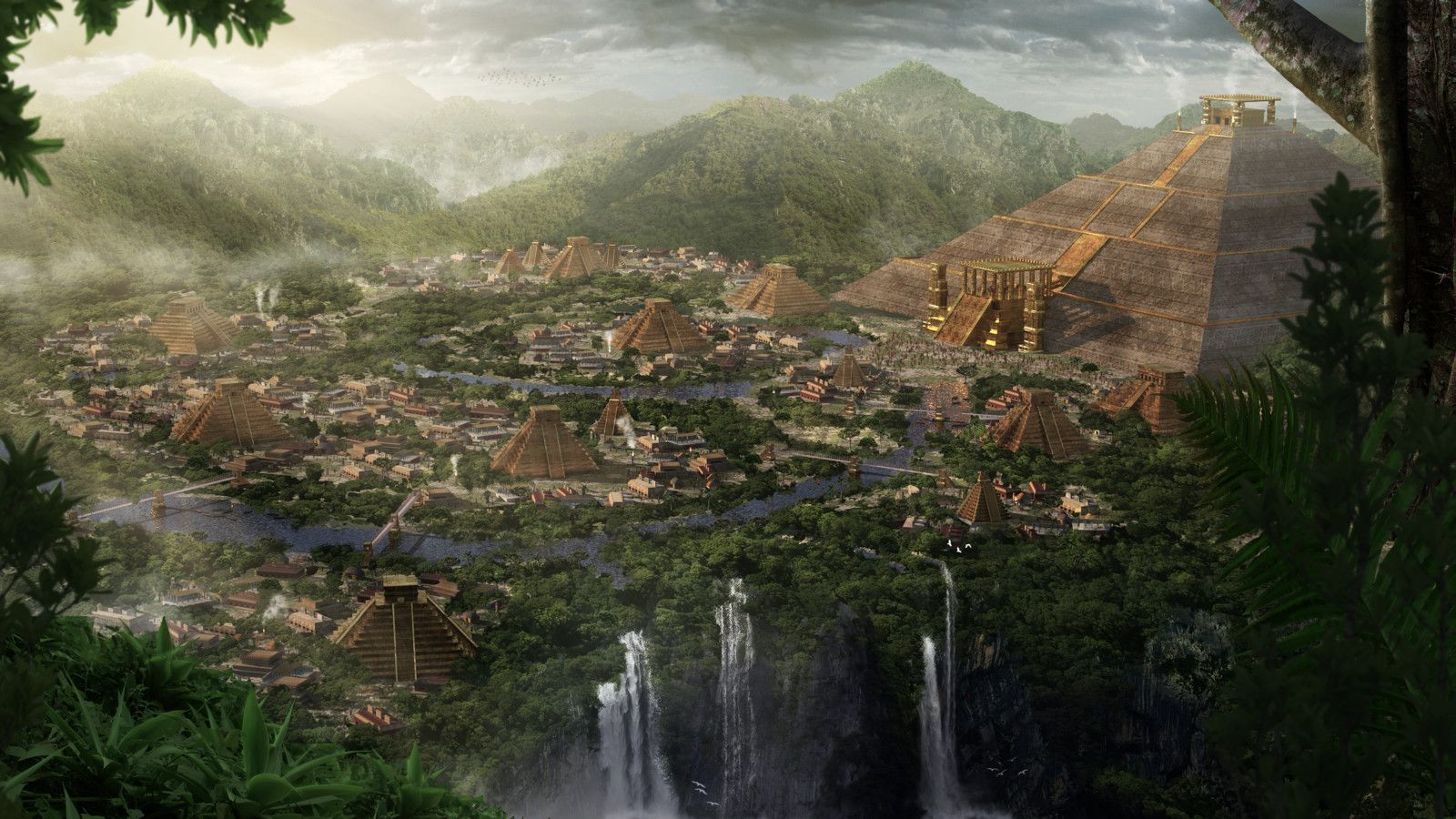
Machu Picchu Mix Up
In 1911, Hiram Bingham III went searching for Vilcabamba, the hidden capital that the Inca fled to in order to escape the Spanish conquistadors, but he found Machu Picchu instead. He argued that Vilcabamba and Machu Picchu were the same place for the rest of his life, though scholars have since disproven this theory. However, Machu Picchu may have never been a lost city at all to the locals, as farmers were living at the site when Bingham arrived.
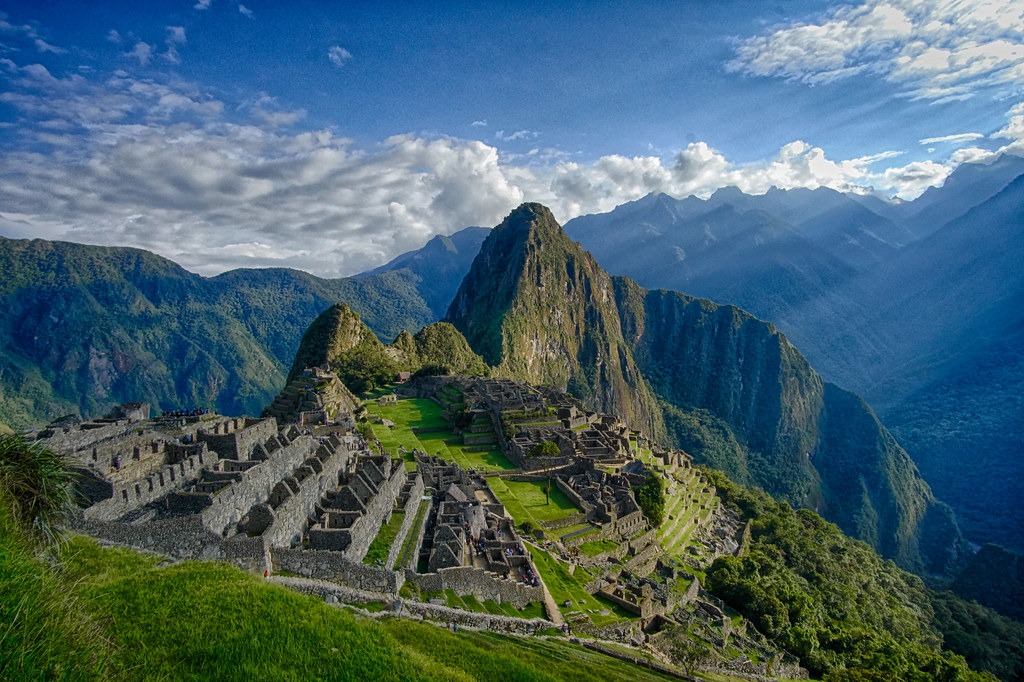
The Iliad And The Odyssey Found A Place In History
Troy, the site of the epic ancient conflict in Homer’s Iliad and Odyssey, was lost to history and obscured by mythology since the time of Ancient Greece. In the 19th century, archaeologist Heinrich Schliemann rediscovered the real city of Troy in western Turkey. Excavations since Troy’s rediscovery suggest Homer based his great siege and battles on a real historical event. Though, we can only assume Homer embellished it to make for a better story.

A Pharaoh’s Capital
The Egyptian pharaoh Amenhotep IV, renamed Akhenaten, became a controversial leader when he imposed a single religion worshipping a single deity, the sun disk Aten. He established a new capital, Amarna, but it only survived as long as his reign. As soon as Akhenaten was gone, religious authorities who wanted to destroy Akhenaten’s religious ideas razed Amarna to the ground, not even sparing the royal tombs.
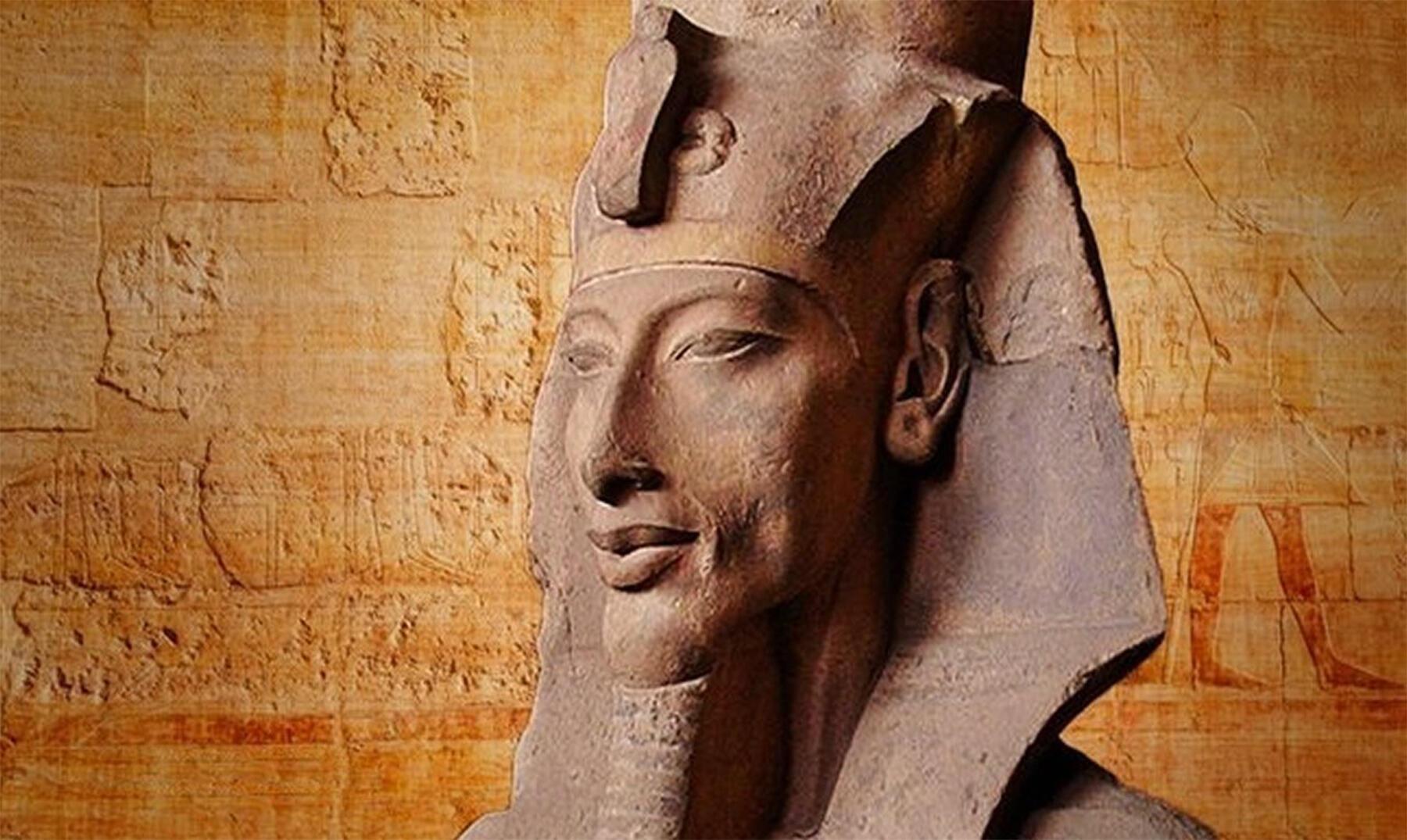
Percy Fawcett Disappeared Searching For Z
The celebrated adventurer Colonel Percy Fawcett was obsessed with finding a lost city he called “Z” in an unexplored region of the Amazon Rainforest in Brazil. After years of searching, in 1925, he entered the jungle with his son and his son’s best friend, and the three explorers were never seen again.
